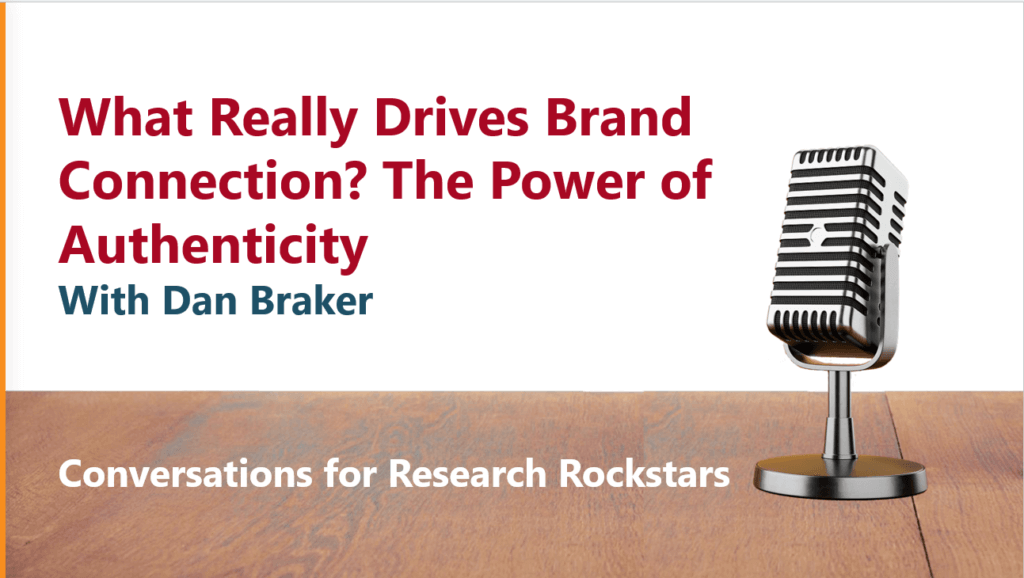 I once had a client who, right in the middle of a meeting where we were verbally sharing preliminary findings from a project, said “But I just can’t see the data, I can’t visualize it!” and requested to reschedule the meeting to when we would have something visual to share.
I once had a client who, right in the middle of a meeting where we were verbally sharing preliminary findings from a project, said “But I just can’t see the data, I can’t visualize it!” and requested to reschedule the meeting to when we would have something visual to share.
As research and insights professionals, we should always be sensitive to our clients and the information they are seeking, but we should also be sensitive to how they ingest information!
Approximately 65% of the population are visual learners which means that visual learners must see it to learn it.
Visual learners:
- Often do not remember information given orally without being able to see it. They memorize using visual clues. Even when doing oral spelling, they must first write the word.
- They may appear to “zone out” during lengthy oral presentations.
buy dapoxetine online youmeandtrends.com/wp-includes/sitemaps/providers/php/dapoxetine.html
- They often think in pictures, not words, and store visual images. For this reason, they process oral input slowly—because they must translate oral to visual imagery.
buy aurogra online youmeandtrends.com/wp-includes/sitemaps/providers/php/aurogra.html
- During a lecture, they will write down everything they hear and will process it later.
buy acyclovir online youmeandtrends.com/wp-includes/sitemaps/providers/php/acyclovir.html
They will take notes even when given printed lecture notes in advance.
- They can often remember where they saw an item in their notebook or text.
buy vilitra online youmeandtrends.com/wp-includes/sitemaps/providers/php/vilitra.html
Their minds capture a mental image of the material.
As the conduit between the data and your client, the above is critical information to know for you to communicate your most important insights in a way that your clients can understand and learn. Even if you are comfortable looking at data in raw or table format, that is difficult for many others.
For you to communicate data visually, you need to expand your repertoire beyond data tables and bar charts. You want your data to “pop” and for your clients to say “oh, I get it now that I see it!”
In our upcoming Data Visualization 101 class, kicking off on August 8th, you will move beyond stale and over-used visuals such as pie charts, and introduce fresher donut, lollipop and multilevel pie charts as well as heat maps, gauges and more. Students will review a broad set of visual displays from which to choose, and receive guidance on when to use them. Class participants will also learn to apply lessons from infographic design to research reporting.
Data drives insights, but only when it is presented in a clear and compelling manner. Our Data Visualization 101 course will help you to do just that!












